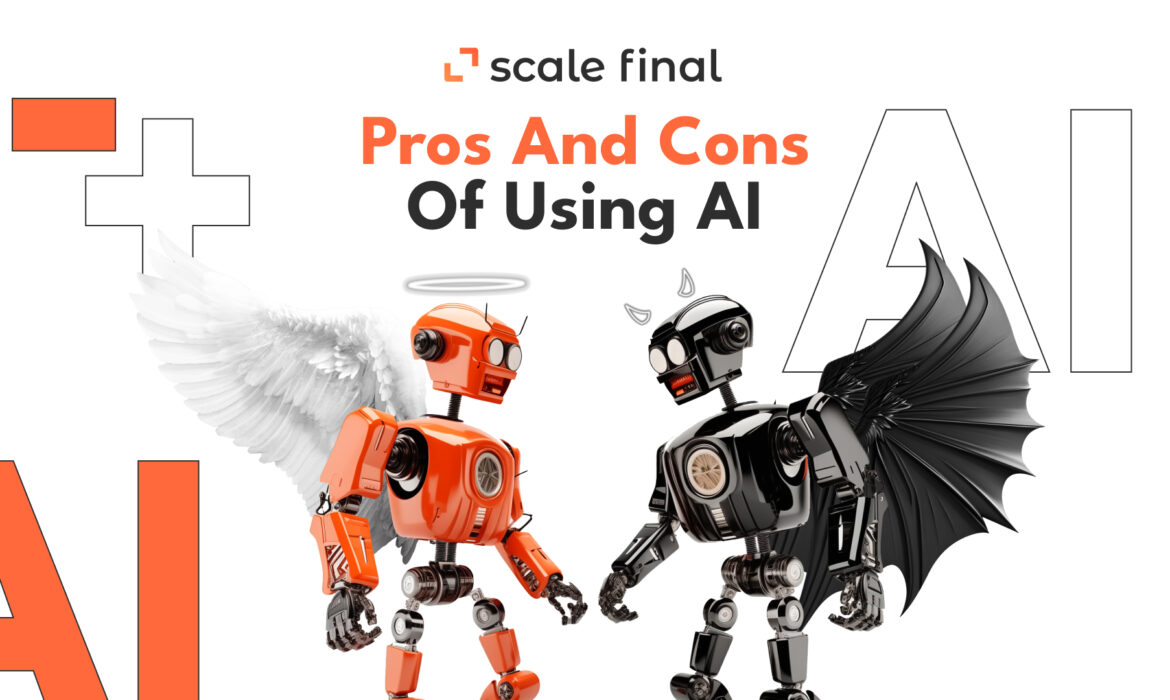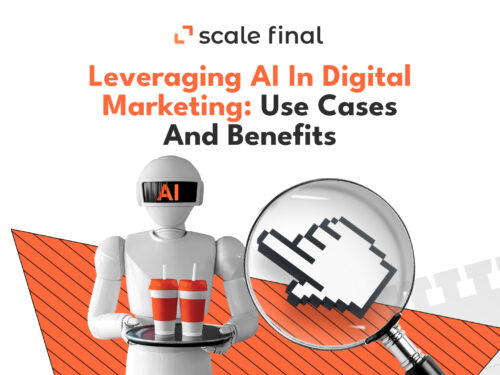Home • Blog • Pros and cons of AI for copywriting
Pros and cons of AI for copywriting
When ChatGPT first appeared, it seemed to many that copywriting would become completely automated and that machines would replace writers and lead to unemployment. However, that hasn’t happened and it isn’t likely to happen anytime soon. After all, if you rely on AI to write an entire article, the resulting text will be unreadable and require further editing (fortunately, now you can order rewriting from professionals at an adequate price and with quick turnaround times).
Does this mean that AI cannot be used in writing texts at all? No, it actually has its own pros. We will tell you what they are and how to use them effectively.
Pros
Let’s first consider the pros of using AI. There are many, so let’s go through them one by one.

Increased productivity
Initially, artificial intelligence was created to aid people, not to replace them. And it excels in this role.
Let’s explore how AI can increase productivity when writing texts:
- Automation. AI can do a lot of boring work. For example, it can write simple product descriptions or fill out forms, freeing up more time for interesting and creative tasks.
- Speed of work. AI writes much faster than a human. It can write an article or blog post in a few minutes. Although the result may not be perfect, it can be easier to edit a flawed article than to write a flawless one from scratch.
- Working around the clock. AI doesn’t need to sleep or rest. It can work 24 hours a day, 7 days a week. This is especially useful for large companies that require constant information updates.
Creating unique content
- Collecting ideas. AI can help in gathering ideas for texts. It can analyze online information and suggest topics that will be of interest to the audience.
- Content creation. AI can write text based on ideas given, creating one-of-a-kind articles, blog posts, and product descriptions that haven’t been published anywhere else before.
- Personalization. AI can analyze data about the audience and produce texts tailored to individuals, making the result content more personal and engaging.
- Originality. AI can help in generating novel ideas by suggesting fresh approaches to common themes.
Analyzing large amounts of data
AI can analyze huge amounts of data in a short time, which is physically impossible for humans. At the same time, it is able to collect information from a variety of internet sources (be it news sites or social networks (this info may not be reliable, but more of that later).
Once the data is collected, AI analyzes it, quickly looking through it and highlighting the most important information. This helps to better understand what’s really important for the audience or project. However, artificial intelligence lacks emotions, so it cannot truly “understand” the target audience, just like any human. Accordingly, it can only present information if the operator provides a detailed query.
Cons
Now let’s talk about what enabled humanity to triumph against technology so far.

Inaccuracy
Artificial intelligence has great potential, but it is also not immune to potential errors and inaccuracies, which can arise due to factors like input data quality, algorithm flaws, and machine learning limitations.
Lack of creativity
While AI can be trained to perform certain tasks and even to model some aspects of human behavior, it lacks the ability to think creatively. AI works based on the algorithms and data it is given and cannot go beyond these parameters.
Lack of emotions and empathy
Empathy is what makes us human. And, by extension, something that artificial intelligence can only imitate.
AI is not capable of empathy at all. Empathy is being able to understand and share someone’s else feelings, including emotional and cognitive understanding, as well as social and cultural factors. It is very difficult to simulate this, because it is about “feeling” rather than “processing information.”
How to use AI correctly for creating content
AI has numerous benefits, but they can easily become drawbacks if using this technology incorrectly. Here are ways to avoid such consequences.

Read what’s written
This advice may sound obvious, but many people ignore it and rely solely on AI. As a result, the text turns out to be not only difficult to read, but also inaccurate. Therefore, it is important to be sure to read what is written as artificial intelligence is not yet perfect.
Combine the work of AI and a human
Artificial intelligence should be perceived as an assistant for a human, not its full-fledged replacement. It’s often faster and simpler to edit AI-generated text than to start writing from scratch.
Break the text into smaller parts
Entrusting artificial intelligence to write a lengthy article will lead to a mess and a large sheet of text. As such, it is ideal to break the whole work into smaller tasks and the entire text into subheadings. Of course, they should be proofread and double-checked before publication.






